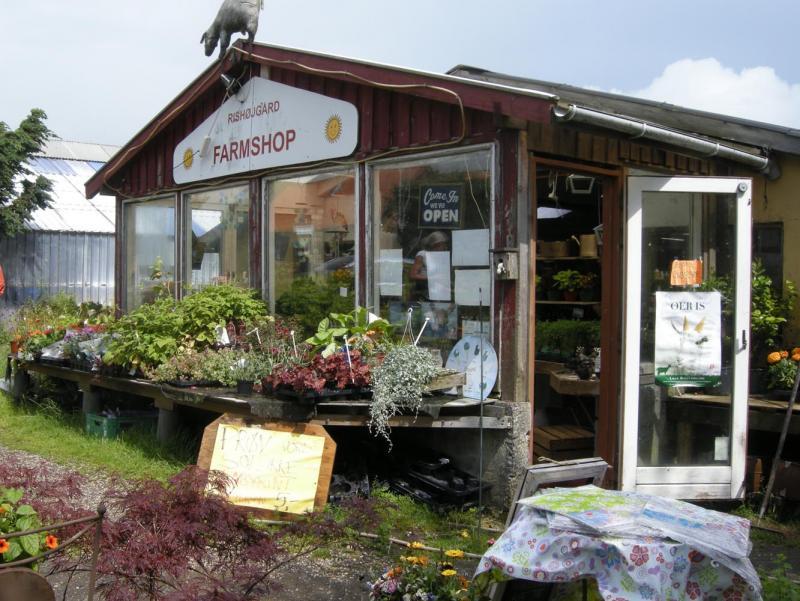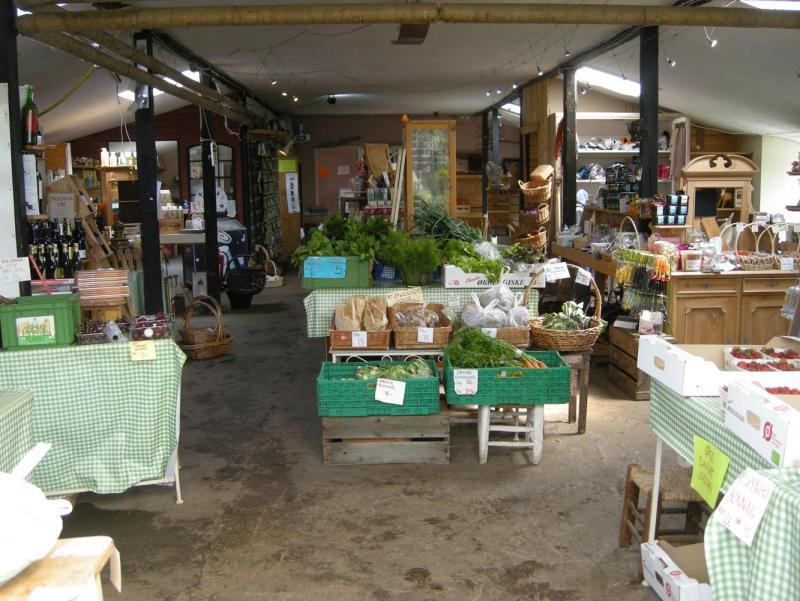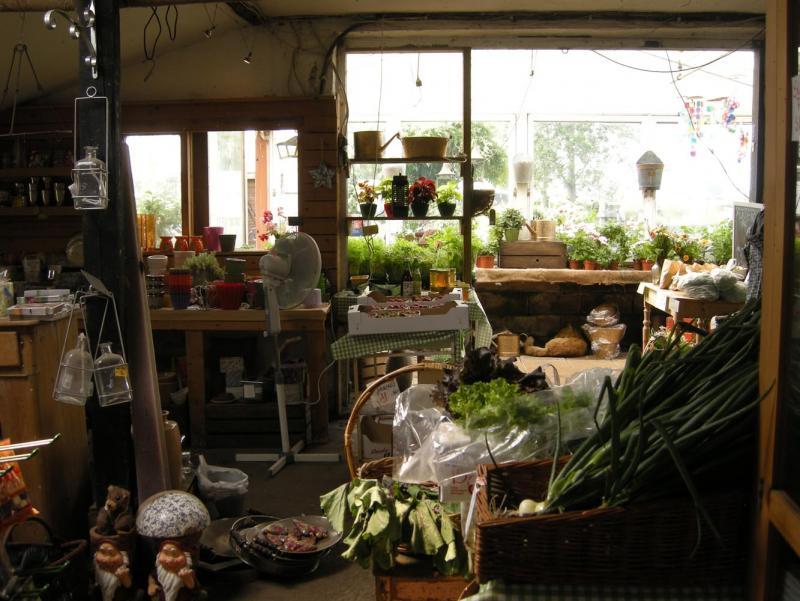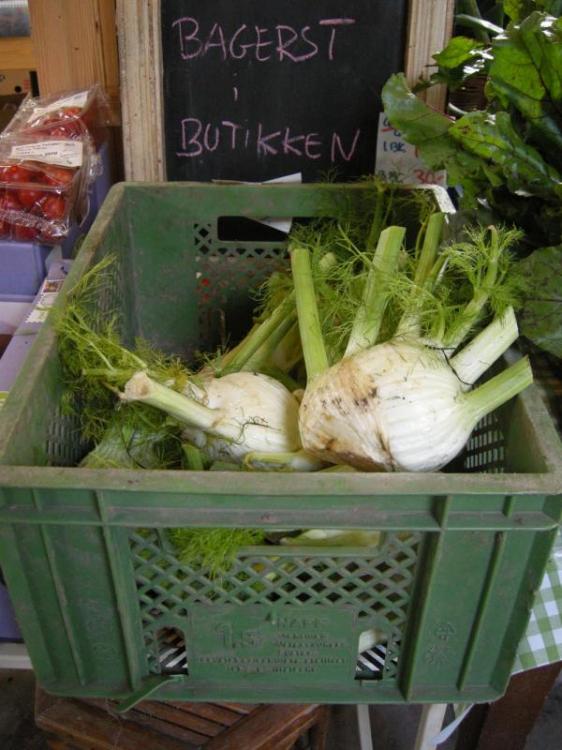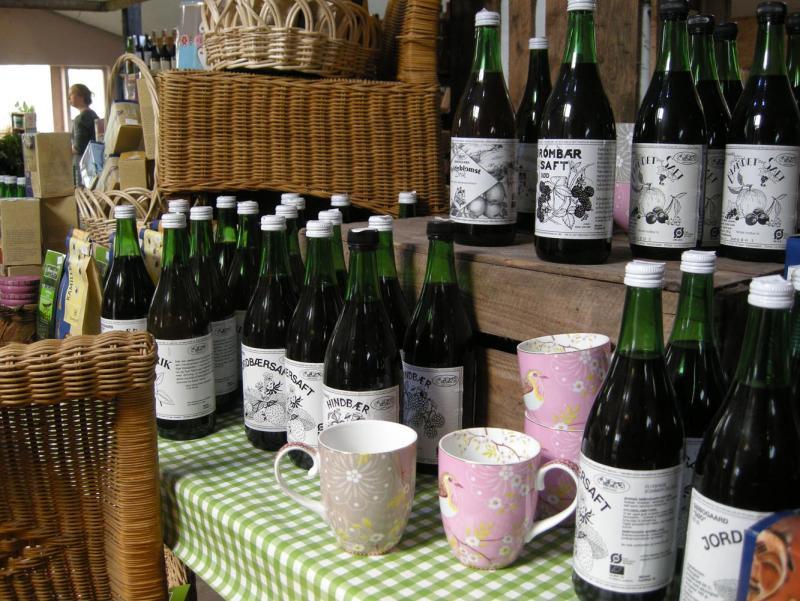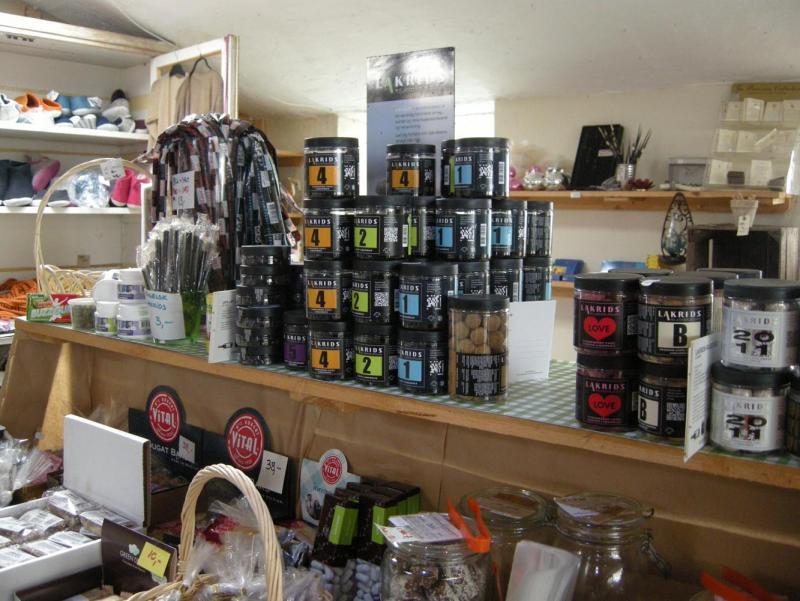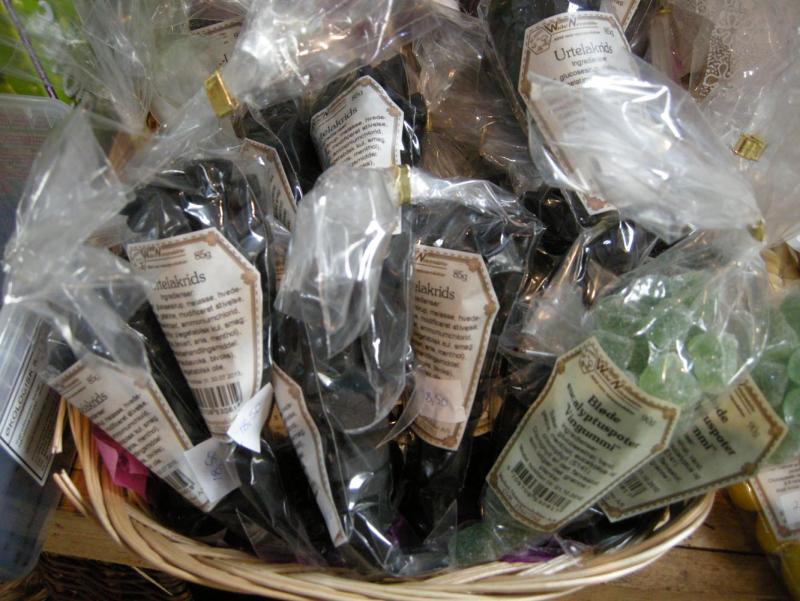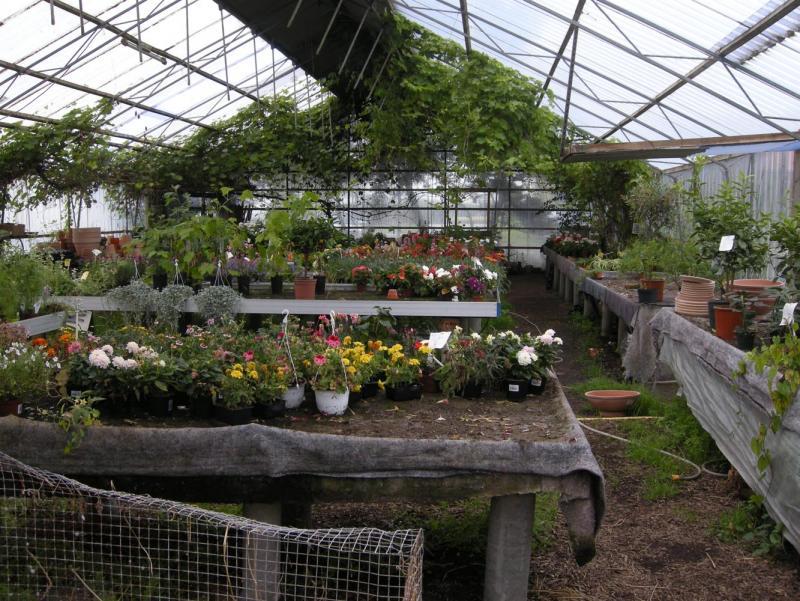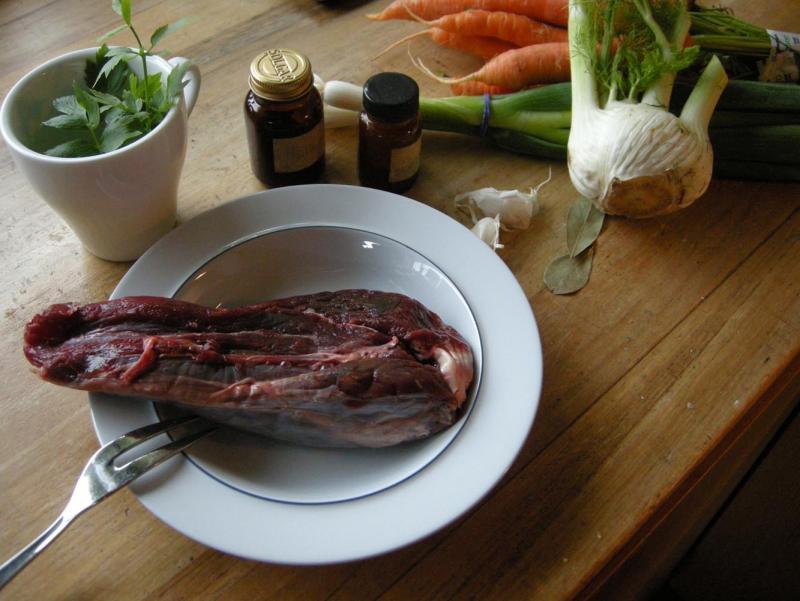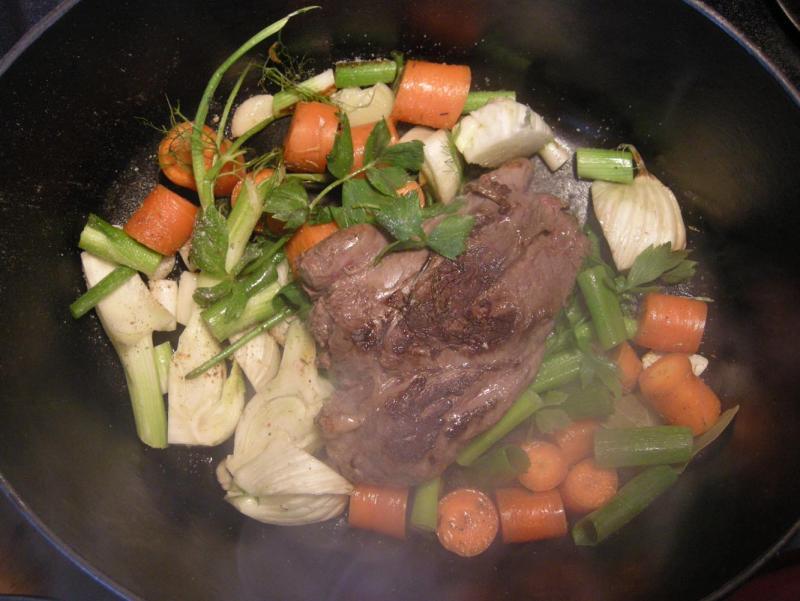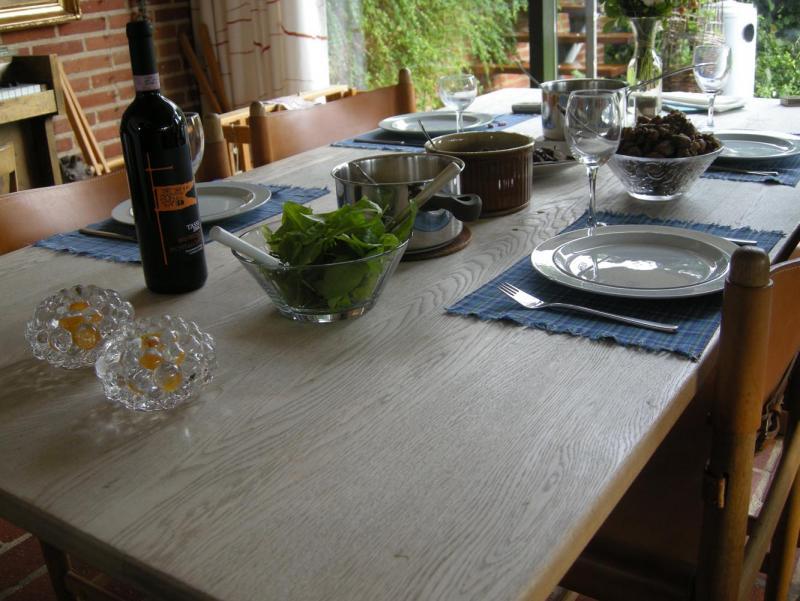-
Posts
7,674 -
Joined
Content Type
Profiles
Forums
Store
Help Articles
Everything posted by Mjx
-
I don't think I can 'taste' the cornstarch in my ice creams. I can sometimes 'taste' eggs in homemade ice cream and don't like that. I am assuming that you are cooking the cornstarch thoroughly. (I never had cornstarch pudding before using cornstarch in ice creams.) Can others 'taste' the cornstarch? Am I lacking a cornstarch taste bud? Just insensitive to some tastes? Etc? I am curious about this. I use cornstarch in the base of almost all my ice creams. I can taste (perceive? not sure whether it is precisely taste) corn starch, at least if it's present in any significant amount, a sort metallic sensation on the tongue. It doesn't always bother me terribly, but I'd be just as happy if it wasn't there.
-
The July/August 2011 issue of Cook's Illustrated includes a recipe for vanilla ice cream, and the accompanying discussion goes over several of these issues.
-
Mostly, we eat out when we travel, because in Denmark a lot of money will usually net you something between 'very nice' and 'Well, that was disappointing'. And by 'disappointing' I don't mean that expectations of novelty or entertainment were not met, but that the food wasn't particularly well-prepared. Spending a lot of money on food doesn't strike me as implicitly immoral, but spending a lot on something that I know I could do better myself is not the sort of thing that puts me in a good mood.
-
There are two possibilities here: The first is that alcohol-based extracts are not sold in what you would consider 'the usual sorts of shops', and may instead be found in one of the last shops you might be likely to look for them (e.g. pharmacies); health food shops sometimes have ingredients that aren't found elsewhere. The other possibility is that in Germany, vanilla is not [widely] available in liquid extract form. I've never looked for vanilla extract in Germany, but in Denmark (where I spend a lot of time), vanilla is most commonly available as the ground bean (powder), as a paste, and as vanilla sugar (and the whole beans, too); recently, I've seen a single brand of vanilla extract in a some branches of one supermarket chain, but it still isn't commonly found. For whatever it's worth, the Dr. Oetker site (one of the major German baking-ingredient producers, also very widely distributed in other EU countries) lists several forms of vanilla: http://www.oetker.de...ackzutaten.html. My German is nearly non-existent, so I couldn't determine for a certainty that any of the products listed were alcohol extracts (but I think not).
-
Swim bladder!
-
Miroir! There may be other options, but none are springing to mind.
-
I'm up for shops that cater to professionals, too...
-
Have you checked out some of the tea discussions right here on eG? http://forums.egullet.org/index.php/forum/127-coffee-tea/
-
How are the bees looking in your area?
-
I'm not in North America, that's the reason driving down to Berlin is an option I kind of like to handle something/see it in action, before buying. Also, in Germany the warranty period covers up to 2 years, so it's a better deal for anything that has the ability to conk out. But mostly, I'm interested in seeing what I can get my hands in Germany that I'm not likely to find in Denmark, where the selection tends to be a good deal narrower.
-
You do need to cut up larger bones, since it doesn't seem that boiling/simmering extract collagen from any great depth. I've never made stock from just bones, because unbrowned animal proteins tend to have very little flavour (but I have made stock with no bones; it needs a good bit of reduction to acquire some body). I can't think imagine buying bones to make stock, although I do keep a pretty good supply of them in the freezer. However, I generally don't make stock without bones (or chicken feet, or what-have-you), because stock made without bones lacks body and a certain unctuousness that comes from the dissolved collagen.
-
I'd second that, food mills do a great job of this sort of thing. but couldn't you just peel the apples? It's a bore, but might be your simplest solution, if you don't have a food mill.
-
Right. It's understood that 'gayette' is almost certaily 'galette', the waiter's pronunciation was apparently a bit... misleading Thanks to fellow member the greek, I am able to pass along the information that a gayette is a 'small sausage patty made with pork liver and bacon, wrapped in caul fat' (the link to which he directed me:www.patriciawells.com/glossary/french_english_food_glossary.pdf), and I'm sure we're all looking forward to Soundman's elaboration on this in his upcoming write-up.
-
We're driving down to Berlin next week, and I was wondering whether there were any kitchenware shops particularly worth looking into. There are a few things I'm interested in (e.g. a jeweller's scale, instant-read thermometer, certain modernist ingredients), but browsing is great, too. So what I'm interested in is pretty much any unusual/substantial, kitchen-related shop, and I'd love to hear your recommendations. Thanks!
-
Did you come across any other places serving quick, casual food (apart from [curry]wurst; I can easily get that downtown where I am, if I wanted to), or good, reliable bakeries?
-
For sorbets, I'd check out Harold McGee's The Curious Cook, which devotes an entire chapter (with tables of the proportions of fruit juice/puree, sugar, and water for over two dozen fruits) to his experiments with sorbet and its relatives.
-
Well, no: bone contains a good bit of collagen, since proteins comprise the bone matrix in which the minerals are suspended. But collagen doesn't bring much to the party in terms of flavour (unless you brown it, which doesn't happen when the collagen is extracted by boiling/simmering) so you're going to get a really weak broth if you use just bones. Bone is connective tissue.
-
Check out the primer mkayahara linked to; I just took a quick look at it, and realized this was a must-save.
-
I count on bones to add gelatin, not flavour. When I save bones, I never scrape them clean, I usually roast them first, and I use plenty of meat, too. I hate wasting the leftover meat form making, so I usually freeze it to eventually add to soup or tortellini/ravioli filling.
-

eG Foodblog: Mjx (2012) – Elderflowers, Strawberries, and Game
Mjx replied to a topic in Food Traditions & Culture
Most of the Danes I've met seem to favour margarine (when my boyfriend's mother needs butter for a recipe, she usually borrows it from me, since she rarely buys it). Lurpak is a popular brand , but mostly because it's almost the only brand of butter you find in many supermarkets. The thing about smørrebrød is that it simply means 'buttered bread' (smør is 'butter', and brød is 'bread'), so it effectively covers a really broad range, from plain bread and butter to the most elaborate sandwiches (these are always open-faced). On festive occasions there is often at least a gesture towards the formal, traditional combinations, usually as part of a larger kolde bord (the Danish equivalent of the Swedish smorgåsbord), but the general trend in sandwich-making here is pretty much the universal 'let's see what we've got in the refrigerator... oh, better use that up!' -
Thanks Dejah! I actually have the necessary ingredients to attempt this, and I think it's interesting to see this modernist technique entering the mainstream, ready-to-eat market
-
Are those essentially alginate spheres? I've had standard tapioca pearls in bubble tea, but I've never come across these... they look delicious, though.
-

eG Foodblog: Mjx (2012) – Elderflowers, Strawberries, and Game
Mjx replied to a topic in Food Traditions & Culture
Thanks to everyone who followed along this week (and to Kristoffer, Inge, Helene, Lasse, and Mads, who have invariably answered my apparently endless questions about Danish food with apparently endless patience)! I hope you enjoyed seeing this tiny bit of a Danish summer through the eyes of a foreigner as much as I have, and I leave you with my latest find, pineapple strawberries (yep, they smell of pineapple): -

eG Foodblog: Mjx (2012) – Elderflowers, Strawberries, and Game
Mjx replied to a topic in Food Traditions & Culture
We made a quick trip to a small ‘farm shop’ nearby, which manages to be a sort of greengrocer/general store: the owners sell an intriguing array of things, in addition to their own produce (and others’): Various juices and some ceramic ware: A terrific selection of liquorice: Some cook books, and the omnipresent scrubbed (thanks, Mette!) potatoes in water. They also sell chalk paint, slippers, watering cans and garden gnomes (that’s just the tip of the iceberg). There’s a good-sized green house right next to the shop, where you can get various flowers and herbs in pots, and there’s a very substantial grape vine occupying about a third of the roof (the green mass at the far end): Dinner was venison with the fennel and carrots I picked up at the farm shop. There were a few changes to the original plan, and the hokkaido-chestnut soup was broken down into hokkaido puree and caramelized chestnuts. Tonight, we had dinner with my boyfriend’s parents: And now I’m sitting here, finishing off the last of tonight’s wine



